A project to support the fishermen of the Mediterranean Prud’homies Slow Food Presidium was presented on the www.terramadresalonedelgusto.com online platform. These fishermen represent a collective system of food production that perfectly matches the founding values of Slow Food. This is why Slow Food picked them as a necessary model of change to cope with the challenges of the health and environmental crisis and thus, with the support of FPT Industrial, has decided to finance the next actions of this collective to accelerate the innovative processes they are putting in place.
Prud’homie, which also consists of young members, is trying to strengthen the local production chain, and this requires that the processing and preserving facilities be renovated as well. This is where FPT Industrial, from the CNH Industrial group, comes in. Daniela Ropolo, in charge of sustainable initiatives for CNH Industrial, stated: “We have decided to encourage and speed up positive change, with the support of this project. We are proud of this outcome, which will surely promote sustainable transformation, with projects that are being implemented thanks to Slow Food. FPT shares Prud’homie’s values of social inclusion, respect for marine landscape and the environment as well as defending biodiversity”.
In practice, this funded project aims to improve the short production chain and cold chain efficiency, by improving the fishermen’s unloading practices, to have suitable, safe and efficient handling, processing and sorting practices. These funds will be used for the refurbishment of an old public building, close to the town port, and to provide this facility with refrigerated chambers and tools to process the catch of the day, thus generating further employment. “This is an essential project for our future” says Didier Ranc.
Didier Ranc, Patron Pêcheurs de la Prud’homie, interviewed by journalist Elisabeth Tempier on Seyne sur Mer – Saint Mandrier pear (Provence-Alpes-Côte d’Azur) stated that: “Prud’homie is an old organization through which our local common goods, especially fishing, can be managed: a set of standards for a local community, establishing when each fisherman can go fishing and in which specific areas. This collective management of fishery resources guarantees a sustainable income for the fishermen as well as the environmental sustainability of those same resources. The Slow Food Presidium also shared more about collective management, a methodology practised by a fleet of small boats that is going against the prevailing policies, especially European ones, which promote industrial fishing practices and are based on privatization of quotas and resources.”

Paula Barbeito, Slow Fish campaign coordinator at Slow Food, stated: “We have decided to create the Resilience Fund to ensure a real support to our producers and have better conditions for the communities. We have chosen Prud’homie since it plays a crucial role in the protection of marine resources, for example, by setting thresholds on the amount and the types of fish to catch. These fishermen are closely connected to their land and the sea, and keep both a local economy and an old social and cultural tradition alive”.
Another initiative that Slow Food picked and launched, with the support of FPT Industrial, is focused on the creation of a food forest in Sicily, on land confiscated from mafia, which includes working with vulnerable individuals: this is the Valdibella and NoE cooperatives project.


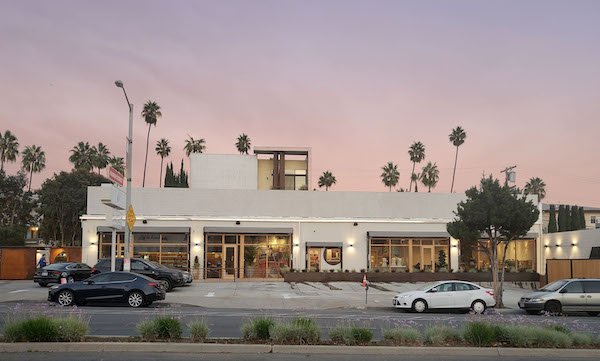



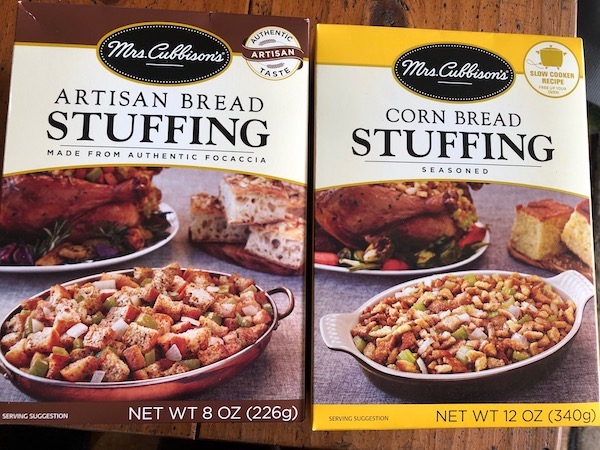




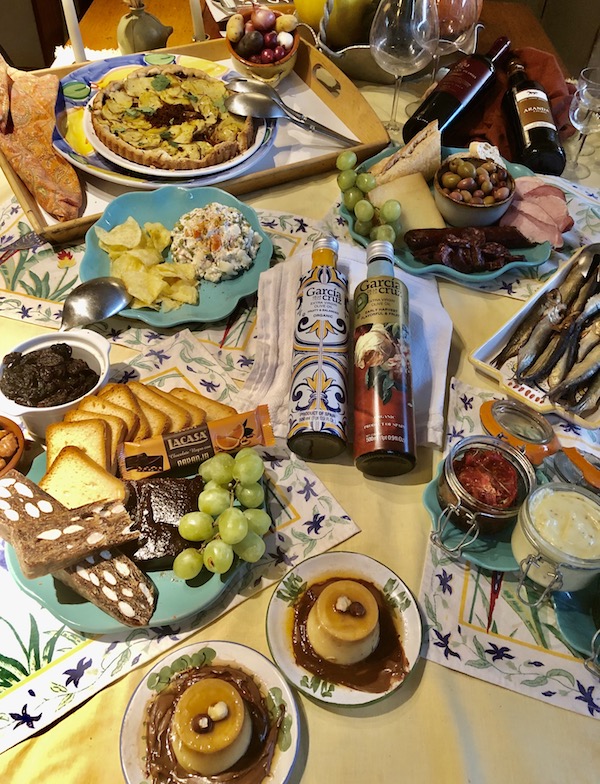





















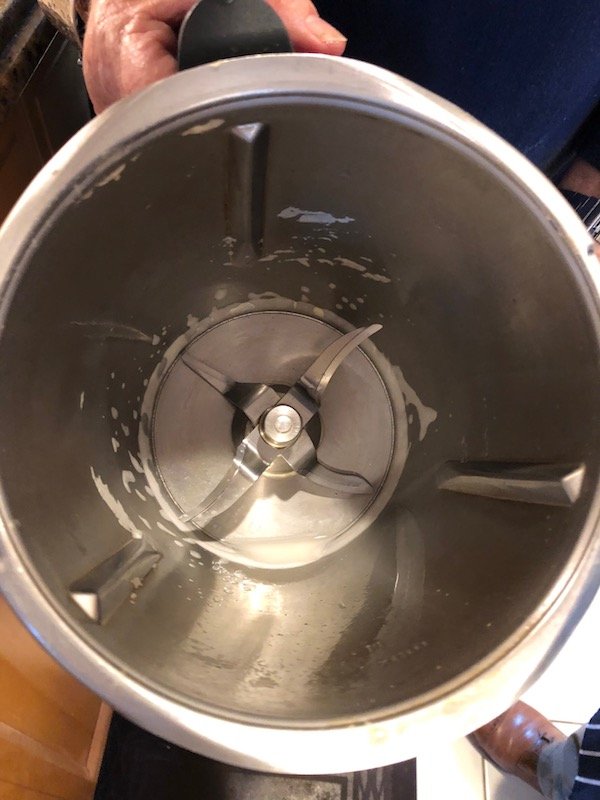














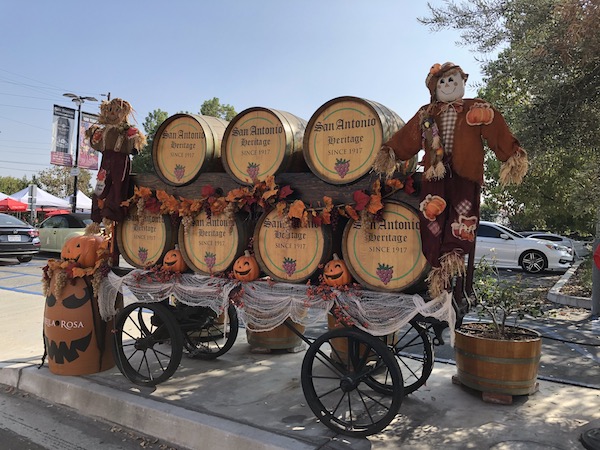

 Calogero Drago (shown above right with head waiter Mario, and below) also keeps a sure hand on the front of the house. The friendly Mario (left) only looks serious and actually began his career with Chef Celestino at the original Beverly Hills location on Beverly Drive.
Calogero Drago (shown above right with head waiter Mario, and below) also keeps a sure hand on the front of the house. The friendly Mario (left) only looks serious and actually began his career with Chef Celestino at the original Beverly Hills location on Beverly Drive.



















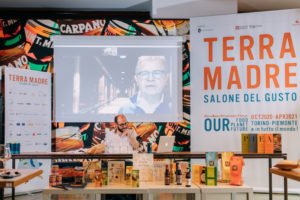

 Gerry Furth-Sides
Gerry Furth-Sides  Barbara Hansen
Barbara Hansen  Chef-owner Alain Cohen
Chef-owner Alain Cohen  Roberta Deen
Roberta Deen  Jose Martinez
Jose Martinez  Nivedita Basu
Nivedita Basu